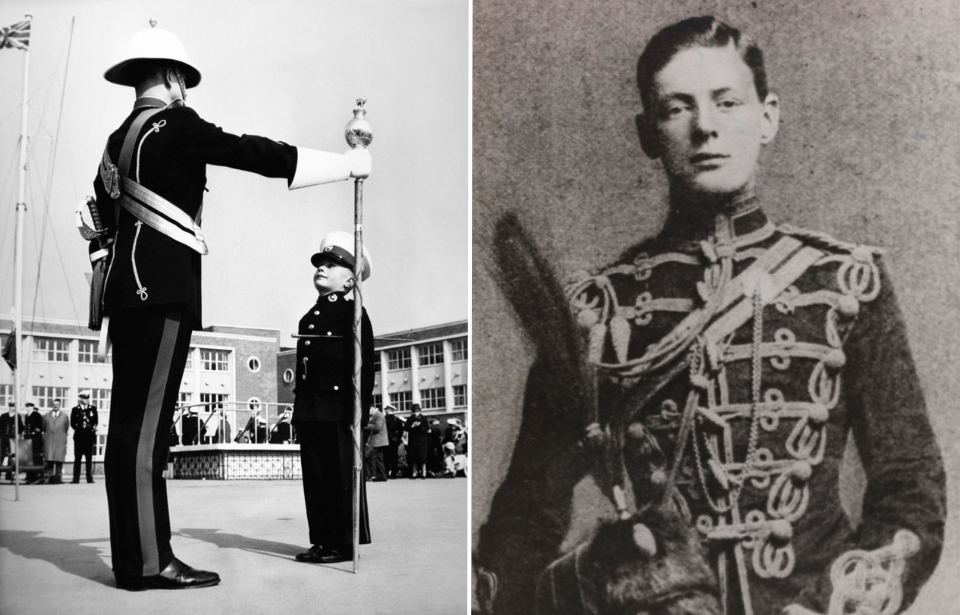As the name implies, military ranks are a means of identifying service member’s positions within the military hierarchy; a rank indicates a person’s authority, position, role and power. Over the centuries, many ranks have come and gone, as they were often used in relation to a specific job or activity that’s no longer necessary.
Today, the systems of most militaries have been streamlined and many of these older ranks have fallen out of use. Here’s a list of some of the stranger, more obscure ranks that are no longer used.
Cornet
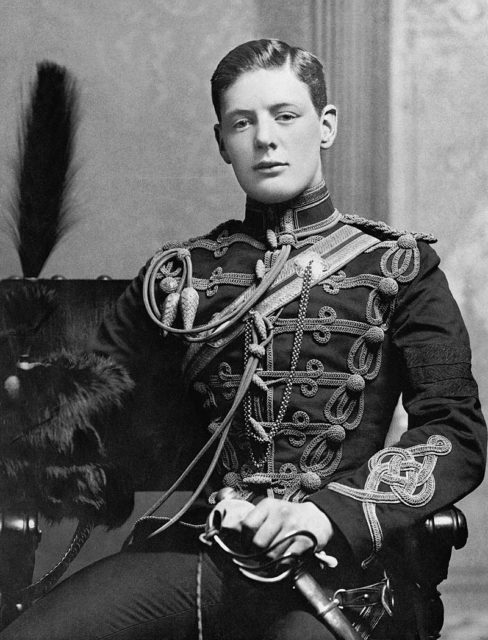
Cornet was a British cavalry troop rank that signified the lowest level for a commissioned officer, beneath lieutenant and captain. The name comes from the trumpet-like instrument, which was played by the cornet player in each cavalry group. That being said, the player themselves was never called a “Cornet.”
The rank fell out of use with the British in 1871 following the passing of the Cardwell Reforms and, today, its equivalent is second lieutenant. Along with the British, cornet was also used by other nations, and arguably the most famous to ever exist was British Prime Minister Winston Churchill, who held the rank while serving with the 4th Queen’s Own Hussars.
Commodore
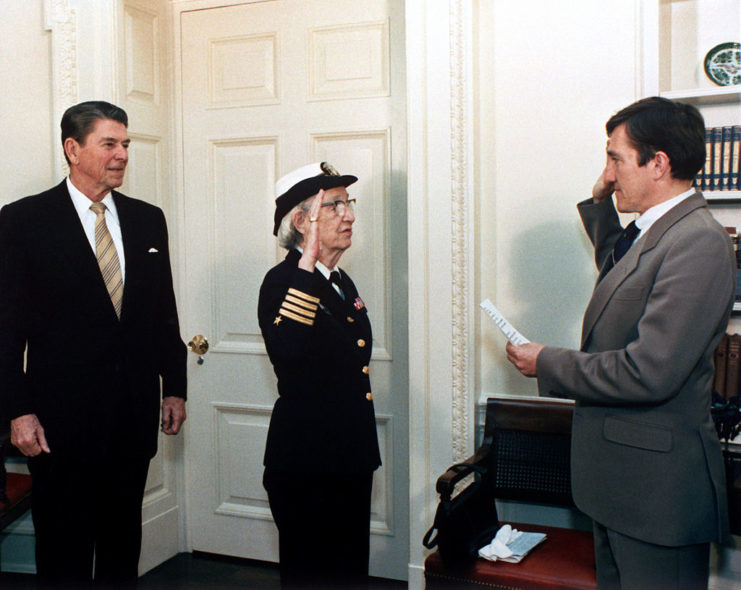
Commodore is a centuries-old senior naval rank that’s usually above captain, but below a rear admiral. It dates back to France’s orders of knighthood, in which the commandeur was one of the highest ranks.
Commodore has been both a title and an official rank. As the former, it usually referred to officers in command of more than one ship, even if just a temporary authority. As a rank, a commodore was usually in command of a squadron of vessels within a fleet, which itself is led by an admiral.
The United States abandoned the rank by the 20th century, but brought it back during the Second World War, only to abandon it again when the conflict ended. It returned in the 1980s, but after confusion between those holding the rank and honorific titles, it was replaced with rear admiral (lower half).
US Air Force chief warrant officers
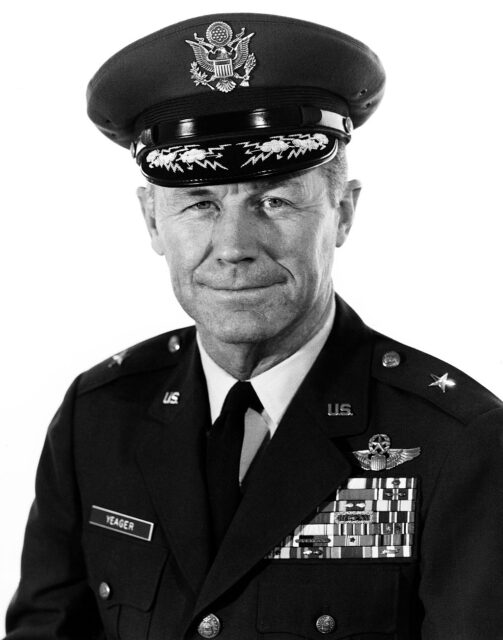
Chief warrant officers are found in many militaries around the world, including the United States, but the US Air Force hadn’t used this rank since 1992, when the last “Chief Airman” retired. In branches that use them, a warrant officer has achieved their position with their expertise on the respective service.
The Air Force stopped using this rank in 1952. The reason for this decision was because the branch deemed chief warrant officers as, essentially, not needed. When the last retired in the early 1990s, the Air Force was able to finally discard the rank completely.
That being said, a rumor persisted among airmen that it’ll return one day soon – and it appears it will. In February 2024, Air Force Chief of Staff Gen. David W. Allvin announced the service would be bringing the rank back for airmen in the cyber and information technology fields, to “best optimize itself for Great Power Competition.”
Quartermaster sergeant
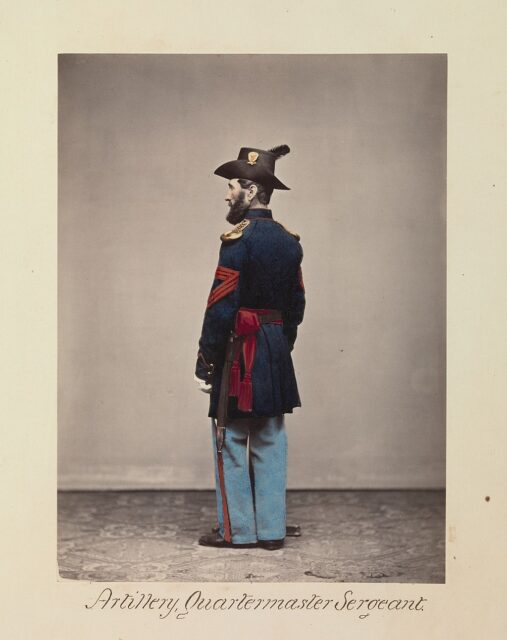
A quartermaster sergeant in the US military was tasked with managing the supplies for regiments and battalions, and he assisted the regular quartermaster. Other duties included overseeing the set up of camps, the distribution of supplies, the company’s tools and property. They rarely saw combat, but still undertook the drills and training required for regular non-commissioned officers. This way, they could replace them on the frontline in a pinch.
The rank of quartermaster sergeant was discontinued in 1921, after a command restructure.
Sergeant major general
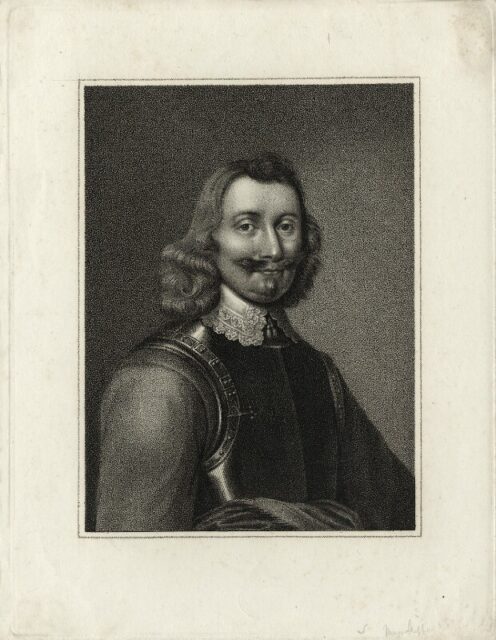
Another obscure rank, sergeant major general no longer exists, but it was once the most junior on the hierarchy of generals. The rank caused some confusion among enlisted troops, as sergeant major general was ranked below lieutenant general. However, a major is ranked above a lieutenant – we know, our brains are trying to understand this, too.
The most famous sergeant major general was Philip Skippon, who was a senior officer in the New Model Army during the English Civil War. Today, the rank is sometimes use within militias, but is otherwise kept out of modern military hierarchies.
Drum major
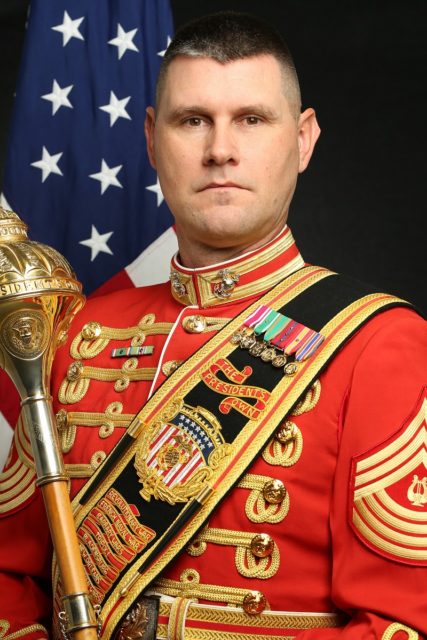
In the US Marines’ Marine Band, the drum major was once the leader. While it’s no longer a rank today, the drum major is responsible for the band’s overall appearance, decorum and drill, as well as directing the members. They also wear a unique uniform consisting of a bearskin headpiece and a mace, which is used to direct the musicians.
More from us: ‘Star Wars’ Almost Started a Real-Life War… Over a Sandcrawler Model
The role still exists, but its rank does not. The current drum major is Master Gunnery Sgt. Duane F. King, who serves as the 40th Drum Major of “The President’s Own” US Marine Band. He joined the group in May 2014, and had previously held the title of the assistant drum major.
